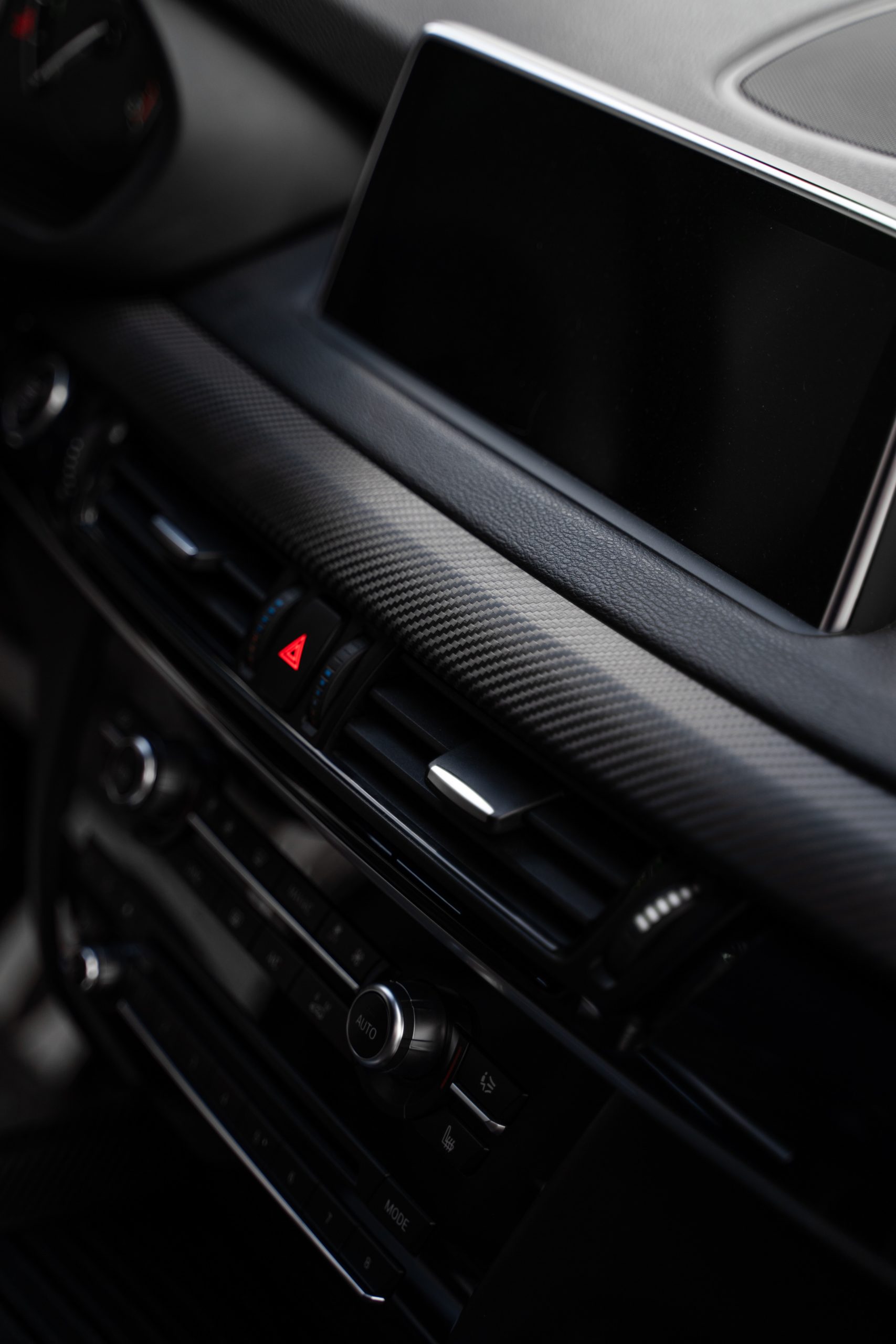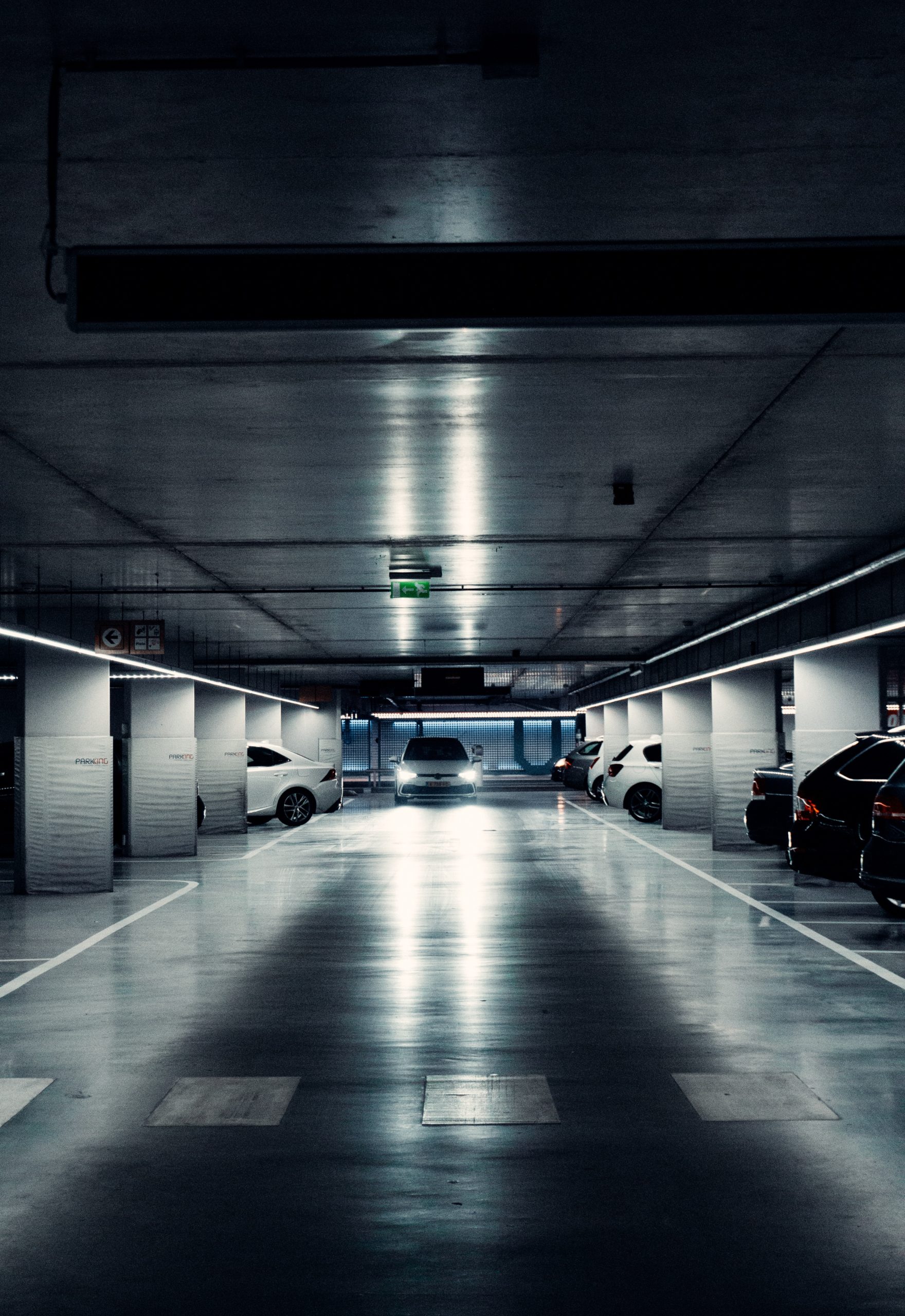No one should be denied access to affordable, high-quality medical care in a fair and just society. Disparities in healthcare provision are unfortunately common among historically oppressed groups. Inadequate care, incorrect diagnosis, and other forms of medical negligence all contribute to the problem of irresponsible medical treatment. These events not only harm individuals but also make preexisting health gaps even worse. This essay explores how insensitive medical care has affected underserved populations and why this has to change immediately.
The Disproportionate Share
Healthcare inequalities disproportionately affect marginalized communities such as racial and ethnic minorities, the poor, and people who are not native English speakers. Subpar treatment, a missed diagnosis, or even deliberate disregard for patient safety can result from institutionalized prejudices and inefficiencies. Due to factors such as language and cultural obstacles and unconscious bias in the medical system, members of these communities may be more likely to receive substandard care.
Unsatisfactory Medical Care
Is One Symptom of Healthcare Inequality One symptom of healthcare inequality is unsatisfactory medical care. Healthcare providers who work with underserved populations may be underprepared, overworked, or biased against such areas. Appointments may be rushed, treatment options may be limited, and patients’ concerns may be dismissed if any of these criteria are present. Because their health concerns aren’t being adequately addressed, they may suffer additional harm or difficulties.
Misdiagnosis and Its Repercussions
Misdiagnosis is another unfortunate result of healthcare disparities. Lower access to specialists, language challenges, and unconscious bias all contribute to an increased risk of inaccurate or delayed diagnoses for marginalized communities. The fallout can be catastrophic, causing needless suffering, a worsening of health issues, or even permanent damage. By preventing people from receiving timely and adequate treatment, misdiagnosis contributes to the cycle of health inequalities.
The Cost of Medical Mistakes
Medical mistakes are especially devastating for underserved populations. When medical personnel make mistakes, patients can suffer permanent harm or even lose their lives. Surgical errors, pharmaceutical errors, inadequate monitoring, and inadequate follow-up care are all examples of medical carelessness. In addition to the obvious physical injury, these episodes can create emotional pain and undermine confidence in the healthcare system as a whole.
To end healthcare inequities and wrongdoing in the medical field, we need a concerted effort on many fronts. Here are several ways that you can help bring about change:
The need of educating the public about healthcare inequalities and the consequences of irresponsible treatment cannot be overstated. Informed patients are better equipped to assert their needs, negotiate with medical staff, and demand results.
To better understand and satisfy the needs of varied patient populations, healthcare providers should undergo training in cultural competence and sensitivity. Among these are eliminating discrimination and encouraging racial and ethnic diversity in the medical field.
Increased financing, enhanced infrastructure, and focused programs can help close the healthcare access gap and reduce inequalities. This involves increasing access to healthcare and funding for healthcare institutions in underserved areas.
Reforming and advocating for laws that are more stringent to reduce healthcare disparities and hold irresponsible practitioners accountable is crucial. Advocacy work can be the impetus for structural change that brings much-needed resources to underserved communities.
Medical neglect in underserved areas is a serious problem that needs an immediate response. We can move toward a more egalitarian future in which people of all socioeconomic backgrounds have access to high-quality medical care if we acknowledge and solve healthcare inequalities today. We can end the cycle of subpar medical care and build a system that benefits all citizens through outreach, lobbying, and structural change.
Consult with Darfoor Law Firm
An experienced lawyer provides you with the opportunity to discuss your situation and gain clarity on your potential avenues for seeking compensation. It’s your opportunity to ask questions, assess the strength of your case, and decide if legal representation is beneficial for you.
If you or a loved one has been injured in an accident due to someone else’s carelessness or fault, Darfoor Law Firm is here to provide support and suggest the best course of action.
Accidents can be difficult to deal with; that is why having someone who understands and empathizes is so important.
Call us at +1-833-DARFOOR for a complimentary consultation and case evaluation.











